

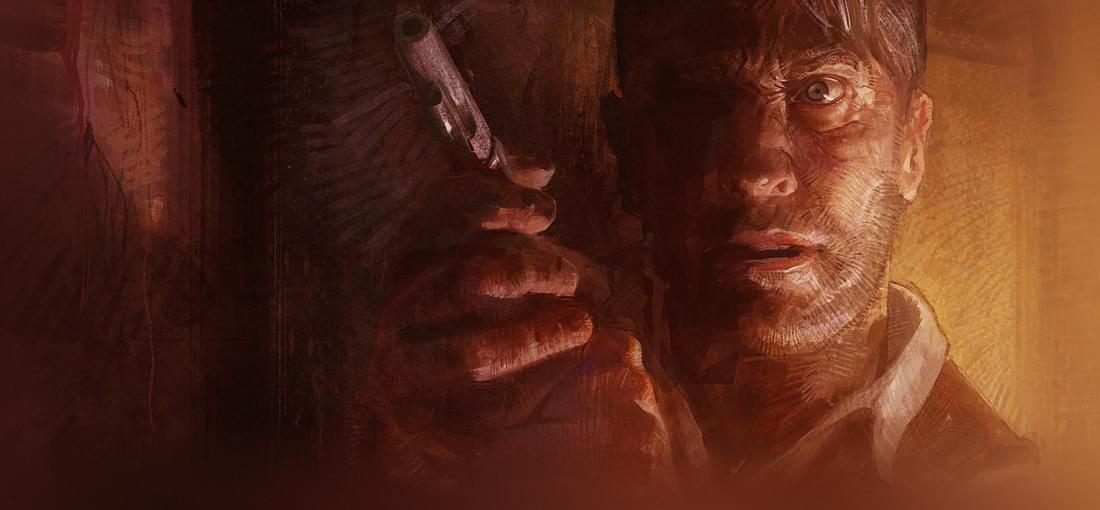
Call of Cthulhu - Dark Corners of the Earth. Now here’s a hidden gem. Not only does it have a good story, its gameplay is pretty good, too. Part adventure game, part action shooter, you are a private eye sent to Innsmouth on a missing person’s case. For those of us who have read Lovecraft, we know nothing good happens in Innsmouth. Don’t go there, Jack! What follows is a dive into a cult worshiping ancient gods, and its attempt to bring them back into dominance over mankind. Our protagonist barely understands why he’s involved, and I’m pleased to report there is a payoff to all the buildup. Jack is connected to these events in much the same way as the narrator of the Lovecraft story “The Shadow Over Innsmouth” is. The game is rooted in solid lore, so everything makes sense. Some of the puzzles are a bit... out there, especially in the last couple of stages. I had to check a guide multiple times because the way forward simply was not clear. I can grab the railing to survive the waves bashing the ship? Despite being surrounded by railings, I can only grab this one particular rail that isn’t marked in any way. Some prompts would have been helpful! By the last level, the puzzling was getting frustratingly obtuse. Really, game, what do you want me to do?? Make it clear! With all of that said, I like so much about it I can overlook these shortcomings, such as how the main character narrates what he sees with a press of the interact key. Having insights into my environment helped with immersion, and the voice acting is outstanding. It’s an adventure game with shooter elements, and it strikes a good balance thanks to a clear, well-presented story. CoC:DCotE stands on its own apart from Lovecraft’s writing and should be preserved, if not revered. Long live mankind’s new gods.
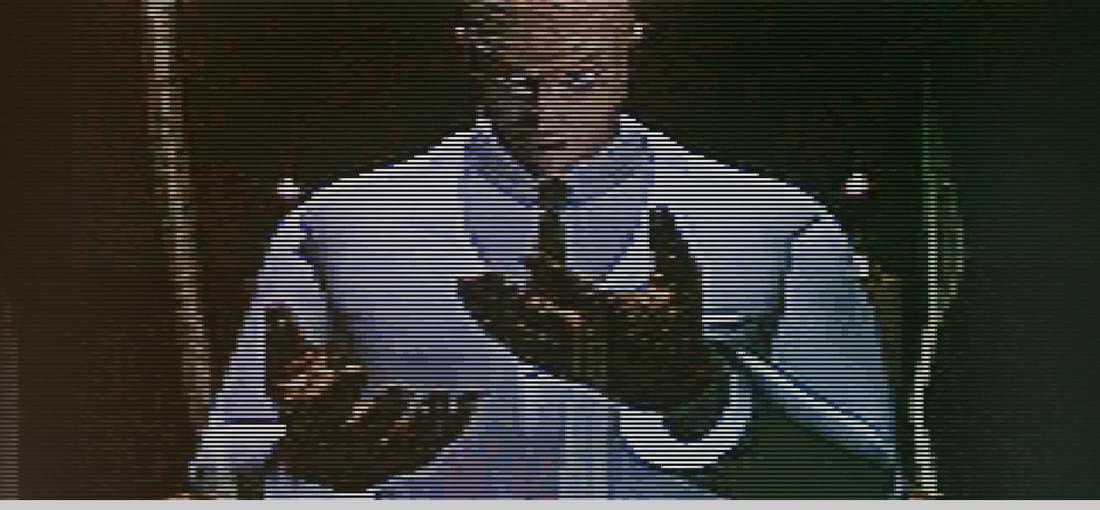
Laughable by today’s standards, the CGI was impressive in 1995. The transitions between nodes were a special effect in and of themselves. Puzzles are simple, even the action-based ones, requiring very little brainpower to figure out. It has a story, and I applaud the game designer for not leaving anything vague, but it’s way too blunt in revealing its concept. Kind of cool to see what someone did in 1995, though we would later learn to do better.
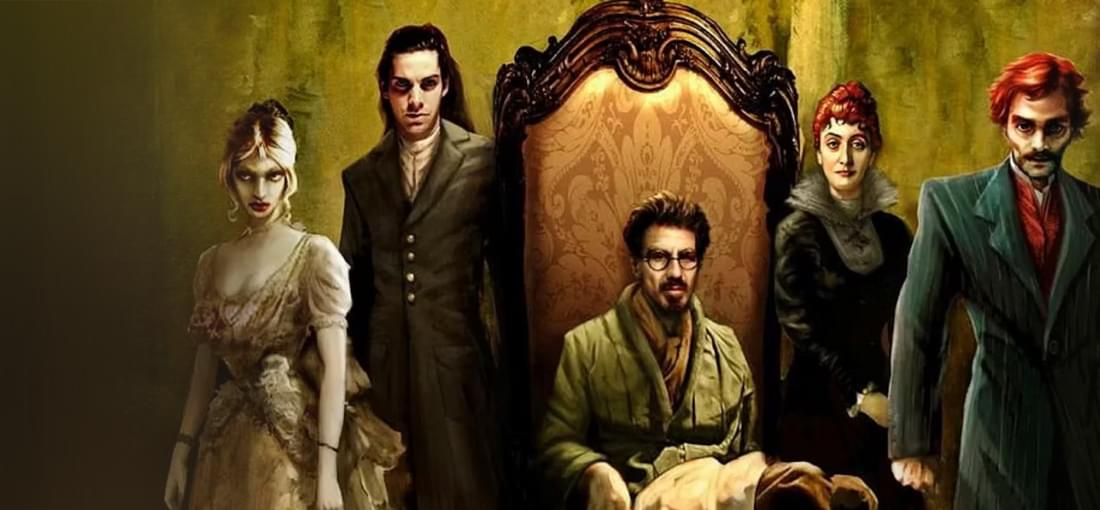
Though the game was released in 2001 and is based on the original Unreal engine, it somehow looks more primitive than Unreal. It tries to create atmosphere and tell a story, but I think Unreal had more story and atmosphere. The story in Unreal was clear and simple. Undying is vague--something about a family curse changing each person into a monster, and it has something to do with bringing back some demon king, but what does that have to do with the curse and this family changing into demonic monsters? Why did each member of the family transform in the first place?! Even after reading the journal entries, I have no clue how it all fits together. It ambitiously uses human sprites in cutscenes, and this is something the first Unreal didn’t try. For good reason; polygon count is too low to make even stylized humans believable. Only the cutscene before the final boss feels cinematic and engaging, and that’s because it doesn’t focus on the human faces all the time. My biggest complaint is the level design. Loading screen every third door! Unreal’s levels were huge, so why are the maps in this game so small? In Unreal, it’s always clear where you need to go, why you need to go there, or pull that lever, or flip that switch. In Undying, it’s almost never clear why you’re going this direction or doing that. Each level is confusing, not intuitive. Ditto for the controls and the boss fights. The art looks primitive in a way the original Unreal does not. This is not a limit of the engine. I think it’s just the development team not knowing how to use the engine to its fullest potential. And the final boss... The all-powerful demon king is an immobile bug who is defeated by explosives? What a lame finale. (Brownie points: the mirrors in this game actually work! Even Doom 2016 doesn’t do that!)
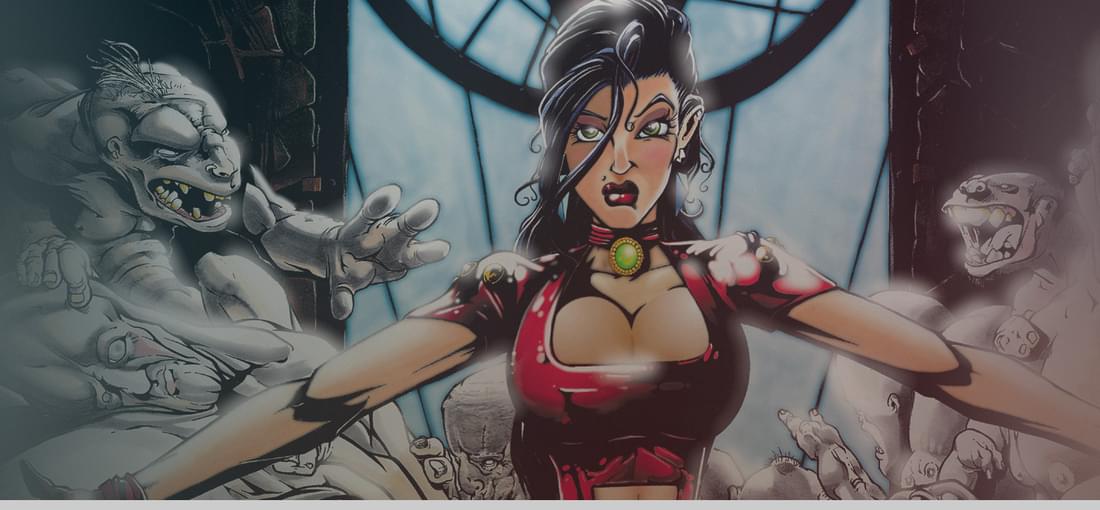
On the recommendation of a buddy, I’ve been playing SiN. Feels a bit too close to Quake 2, and so many times I die and I have no idea what hit me. Melee enemies can hit you from so far away, and they move so fast it’s nearly impossible to avoid them. Some turrets I can destroy, others I can’t, and I can’t tell the difference without looking it up in a walkthrough. In so many sections I can’t avoid being shot, which is aggravating. I kinda liked the level where Blade becomes one of the monsters he’s fighting. Would have been cool if he could not change back to normal and had to live the rest of his life as a mutant, but alas that isn’t how it plays out. I finished it because it has an awesome soundtrack. SiN is not bad, but I don’t want to play it again. JC is kinda useless. He’s supposed to be funny, but the humor is pretty weak. I found it more frustrating than fun, but for an action shooter of the Quake 2 era, it’s still not bad.
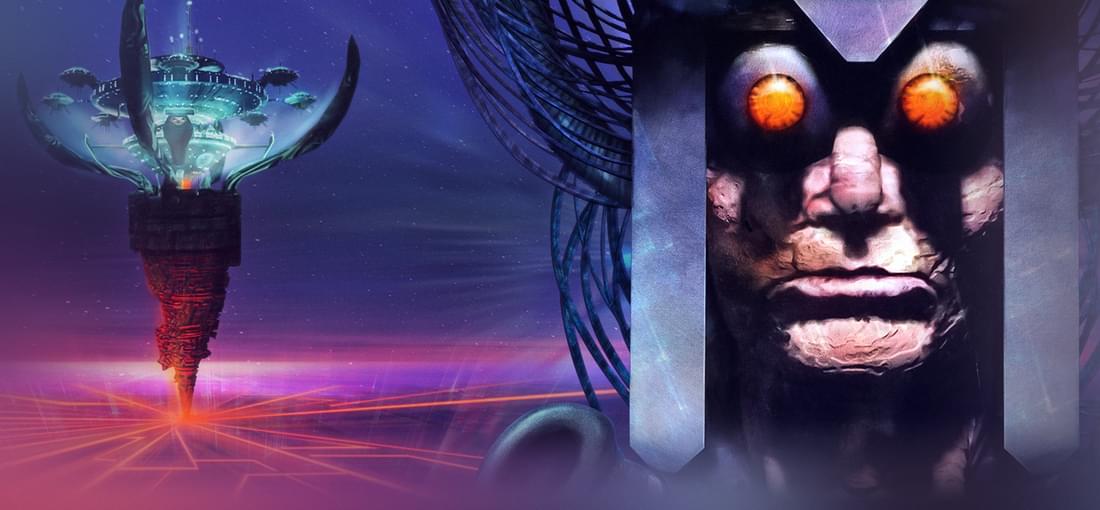
Even in the early 90s, game designers used mouselook and had integrated inventory and other controls into an intuitive UI. System Shock 1 decided to be different and make inventory browsing the ONLY function for the mouse, with combat and navigation being secondary functions. System Shock is so clunky and overburdened by its own user interface it’s unplayable to all but the most diehard retro-gamers. Just looking up and down requires RESEARCH into how to play the game. Finding the logs and playing them requires digging. Movement within your game world should not be unintuitive. Turning left or right should not be a confusing maneuver. There is an experience to be found in System Shock 1, but it’s more of an endurance test than an enjoyable game. Play System Shock 2 instead. Though it made its own mistakes, it takes the clunky interface and makes it so much more intuitive.
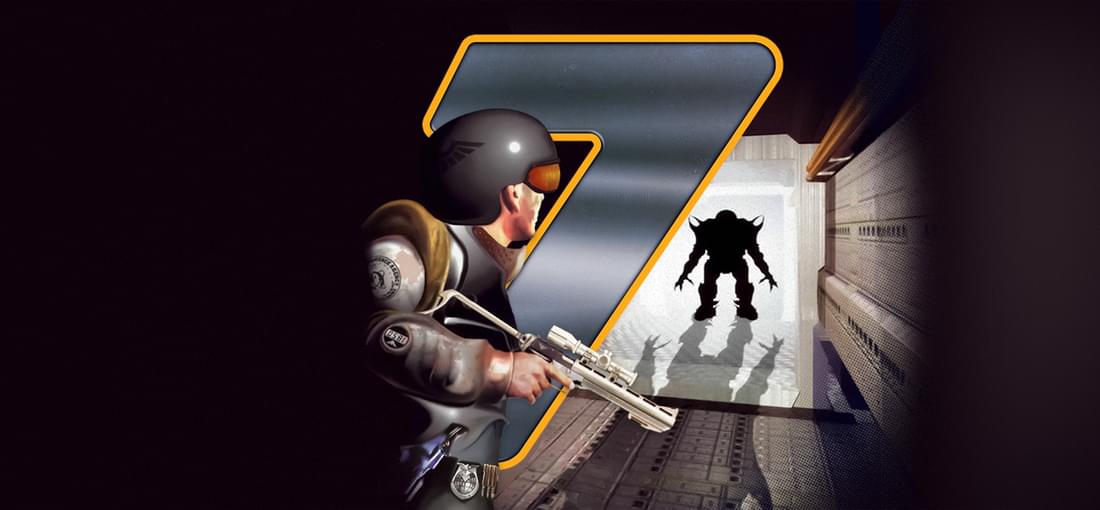
Corridor 7 gets a lot of hate, and I'm unsure why. Yes, it's a Wolfenstein clone, but so what? Yes, its controls are awkward, but so was Wolfenstein's. Maybe I have a soft sport for C7 because it was one of the first PC games I ever played. Mazelike level design. Yeah, you'll get that with every game from this era (Rise of the Triad, Ken's Labyrinth). No strafe? Doom had that same control scheme in its DOS era. What sets C7 apart from Wolfenstein, in my opinion, is its goal. You are not collecting keys to find the exit. You know where the exit is. Your goal is to eliminate the aliens to unlock the exit. That's special because you must engage the aliens on every floor. You must deliberately seek them out to progress. No running past them in a speedrun. I still have my CD and I'm glad to replay this every now and then. It's a challenge, even by today's standards.
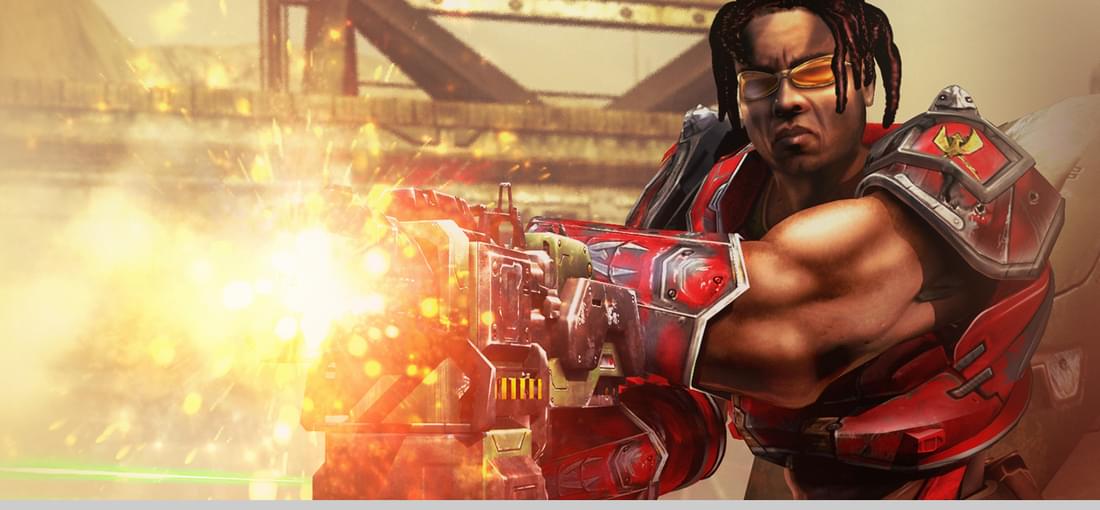
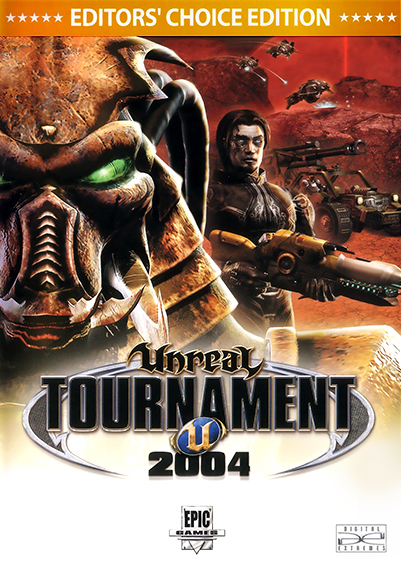
UT2K04 is extremely nostalgic for me. It's one of the only times I enjoyed online gameplay. Controls are responsive, weapons are easy to learn, I like the Skaarj as playable fighters (and indeed they look their best in this game), but after a while it's just spawn-kill-die-spawn-die-spawn-kill-kill-die-spawn... It's amazing to look at games now and realize this is still the game loop. Nothing has changed except flashier graphics.
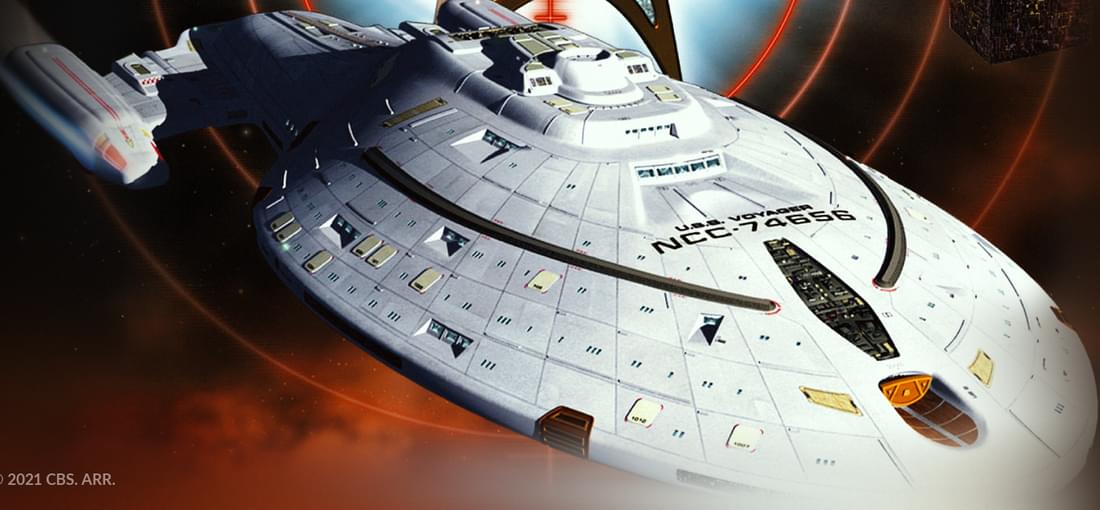
The team did an excellent job making it feel like a playable episode of Voyager. Everything from the cinematics to the music feels just like an episode of the series. Though for as many weapons as you acquire, you sure don’t have very much to shoot at. Enemy AI could have been given some more variety. Still, for a licensed title, Raven Software did a very good job. That the cast of Voyager participated in this makes it even better.
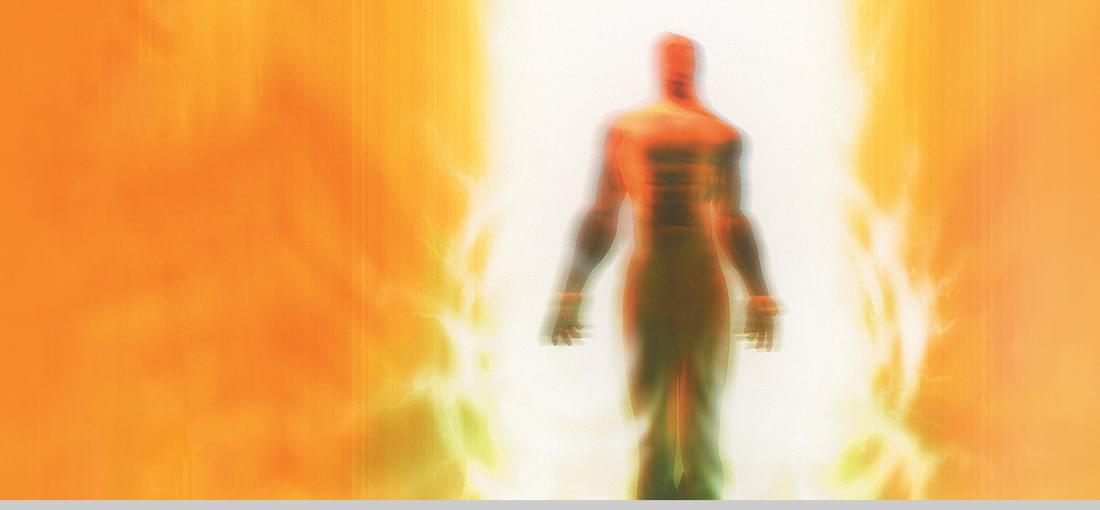
Advent Rising begins with first contact. An alien race named the Aurelians visits humanity’s homeworld (not Earth) and warns them that another alien race, the Seekers, is coming to destroy them. Minutes later, they arrive, and destroy the planet! The game had only just started when I reached my shark-jumping moment: the Aurelians teach Gideon how to use the power of telekinesis hiding within him, something all life forms have the ability to do to some extent. Queue montage: Gideon learning how to levitate objects. ...it’s the Force. Yeah, it's a ripoff of Star Wars. Gameplay does not improve in the later levels. It's just wave after wave of aliens, no real difference between the guns, no reason to change guns, no difference between any of the enemy types. I haven't played Halo, but from what I've seen of it, Advent Rising simply copies its gameplay. It's Halo meets Star Wars, and if the sum of the parts equals the whole, then this game is nothing more than a total copycat. The way the Aurelians worship Gideon even though he hasn't done anything reeks of pandering to someone's power fantasy. Gideon is a Mary Sue, but not the player's. I think that's what turned me off most: the Aurelians worship Gideon and treat him with reverence, but what does he do to deserve it? What is he contributing to this fight that the Aurelians are not?! One character outright tells Gideon "It's not easy being God." Second shark-jumping moment. Gideon does not deserve their respect! His powers are not that impressive, there is no justification for Gideon having them, and the aliens could have waged this rebellion without him, so why do they treat him this way?! This means the entire story is about how awesome Gideon is! It is outstandingly acted and animated (except for Gideon’s appearance changing between cutscenes for no apparent reason), but as ambitious as Advent Rising looks, it took no risks with story or gameplay, which means it is not ambitious at all.